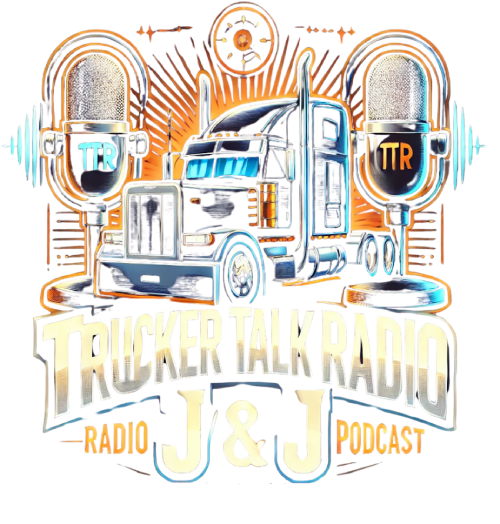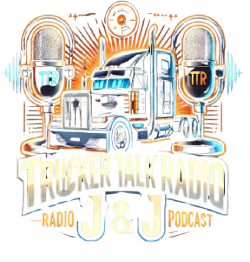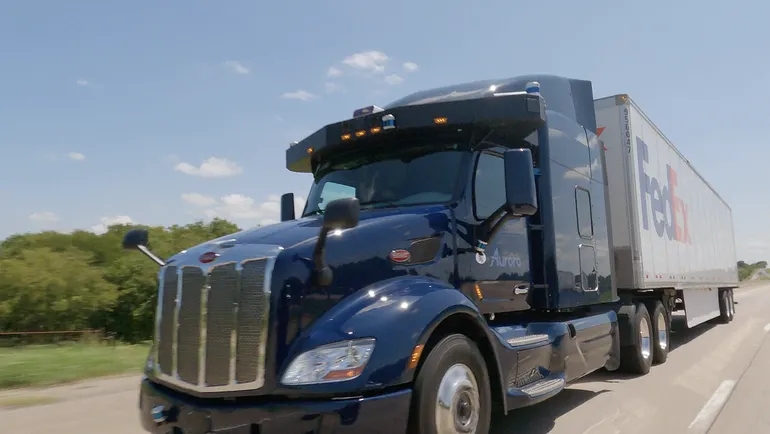Growing Presence of Autonomous Trucks
Autonomous trucks are starting to operate in various states across the U.S., carrying out pilot tests and increasingly venturing into commercial routes. However, as more fleets consider automated trucks as the future of long-haul innovation, a patchwork of state laws concerning the technology may hinder widespread acceptance.
Inconsistent State Regulations
At least 20 states have enacted laws pertaining to autonomous vehicles, with Kansas and Oklahoma being the latest additions. While states like Texas are recognized for their favorable regulations regarding automated vehicles, others impose more restrictive measures against driverless vehicle deployment.
Challenges Posed by State-Level Regulations
According to Brian Ursino, director of law enforcement at the American Association of Motor Vehicle Administrators, the most significant challenge is the varying levels of regulations. Automated trucking companies are primarily drawn to Sunbelt states for pilot routes due to their favorable driving conditions and a political climate that favors less regulation. Recently, Texas passed a law exempting automated vehicles from certain regulations that apply to human drivers.
California’s Stringent Regulations
In contrast, California has adopted a stricter regulatory stance on autonomous vehicles, requiring companies to obtain permits for testing and mandating that all safety and disengagement incidents be reported. While these regulations provide valuable safety data for the industry, they can also create a challenging operating environment for AV companies.
State-by-State Advocacy by AV Companies
Currently, autonomous vehicle firms are approaching regulation advocacy on a state-by-state basis. Mufaddal Ezzy from Aurora Innovation believes that the differing regulations present an opportunity for these companies to help shape early legislation. For instance, Aurora has collaborated with Pennsylvania lawmakers to update regulations for autonomous deployment and assisted Gatik in Kansas to pass a law permitting driverless vehicles.
Engaging with Policymakers
Ezzy emphasizes the importance of engagement and education with lawmakers, particularly addressing distinctions between different levels of automation. Although there are concerns about navigating various state regulations, he finds that policymakers typically take a thoughtful approach when developing these rules.
Uncertainty with Federal Oversight
Despite the ongoing efforts, state regulators remain uncertain about how federal oversight will influence their autonomous technology regulations. Kelly Bartlett from the Michigan Department of Transportation warns against encouraging practices that may conflict with federal laws, particularly regarding the potential removal of licensed drivers from automated commercial trucks. Furthermore, federal regulations lack detailed guidance on several aspects of truck equipment that could be affected by increased automation levels. Stakeholders believe there is a strong need for collaborative efforts between public and private sectors to create a smoother regulatory environment for autonomous vehicles.


